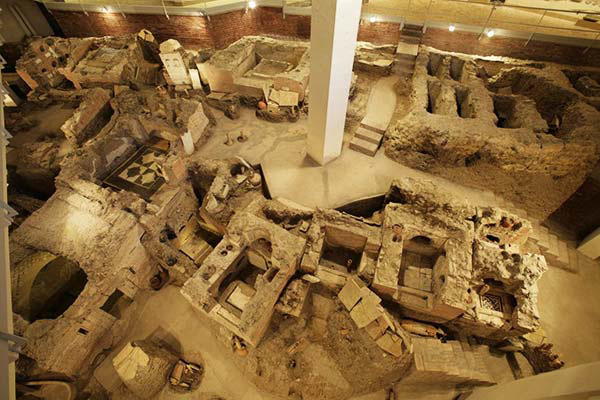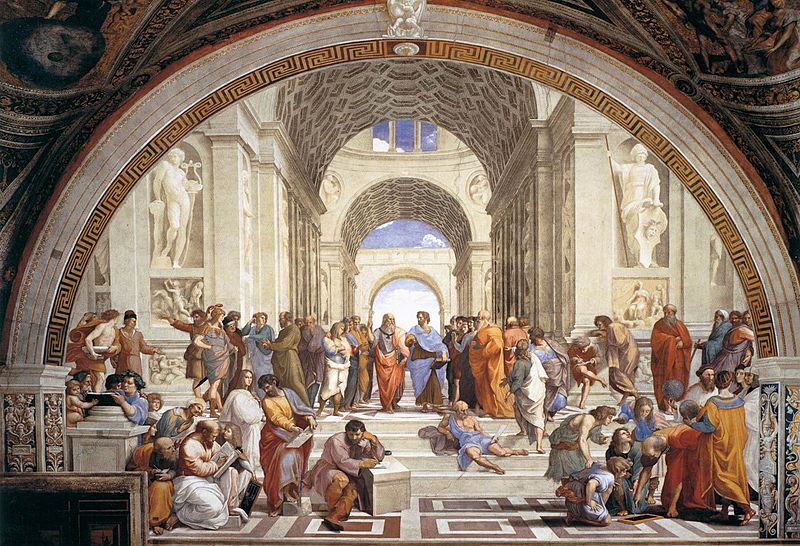Although Babo Natale (“Father Christmas” aka Santa Claus) and giving presents on Christmas are becoming more common, the main day for gift giving is Epiphany, the 12th day of Christmas when the three Wise Men gave Baby Jesus their gifts. In Italy, presents are brought by La Befana,a which who arrives in the night to fill children's stockings.
Christmas decorations and trees are becoming more popular in Italy. Lights and decorations are often seen starting around December 8, the Feast Day of the Immaculate Conception, or even the end of November. The main focus of decorations continues to be the presepe, Nativity scene or creche. Almost every church has a presepe and they are often found outdoors in a piazza or public area, too.
Traditionally, a meatless dinner is eaten on Christmas eve with the family, followed by a living nativity scene and midnight mass. Traditional bonfires are often held on Christmas Eve in the main square of town, especially in mountain areas. Dinner on Christmas day is usually meat based.
Although you'll find Christmas celebrations all over Italy, these are some of the most unusual or most popular Christmas celebrations, events, and decorations.
Naples is one of the best cities to visit for Nativity cribs. Naples and southern Italy have other Christmas traditions, including the Christmas Eve dinner of the seven fish dishes, although it doesn't really have to be seven fishes and not everyone serves it.
Bagpipe and flute players, zampognari and pifferai, are a part of Christmas celebrations in Rome, Naples, and southern Italy. They often wear traditional colorful costumes with sheepskin vests, long white stockings, and dark cloaks. Many of them travel from the mountains of the Abruzzo region to play outside churches and in popular city squares.
Torino is one of the best places for lights. Over 20 kilometers of streets and squares are illuminated by some of the best illumination artists in Europe from late November through early January.
Near the top of Monte Ingino, above Gubbio, Umbria, a huge Christmas tree, 800 meters tall, is made up of 450 lights. In 1991 the Guinness Book of Records named it "The World's Tallest Christmas Tree." The tree is topped by a star that can be seen for nearly 50 kilometers. The tree is lit up every year on 7 December, the evening before the feast of the Immaculate Conception.
In 2006, the island of Murano in Venice, known for its glassware, displayed a seven meter tall tree of glass built by glass master Simone Cenedese.
Saint Peter's Square in Vatican City holds a popular midnight mass attended by many people.
In Abbadia di San Salvatore, near Montalcino, the Fiaccole di Natale or Festival of Christmas Torches (Christmas Eve) is celebrated. Carols and torchlight processions in memory of the shepherds from the first Christmas Eve.
Cortina d'Ampezzo in the Alps celebrates with a skiers torchlight parade - At midnight on Christmas Eve hundreds of people ski down an Alpine peak carrying torches.
Città di Castello, in Umbria, celebrates Christmas Eve in on the Tiber River. Towards evening, a group of canoeists, each dressed as Father Christmas, with their canoes illuminated by lights, make their way along the river to the bridge at Porta San Florido where a crib is suspended over the water. When they get out of their canoes, they give small presents to the children gathered there.
Lago Trasimeno, also in Umbria, celebrates with Soul Christmas, Umbria Gospel Festival, December 8 - January 6.





